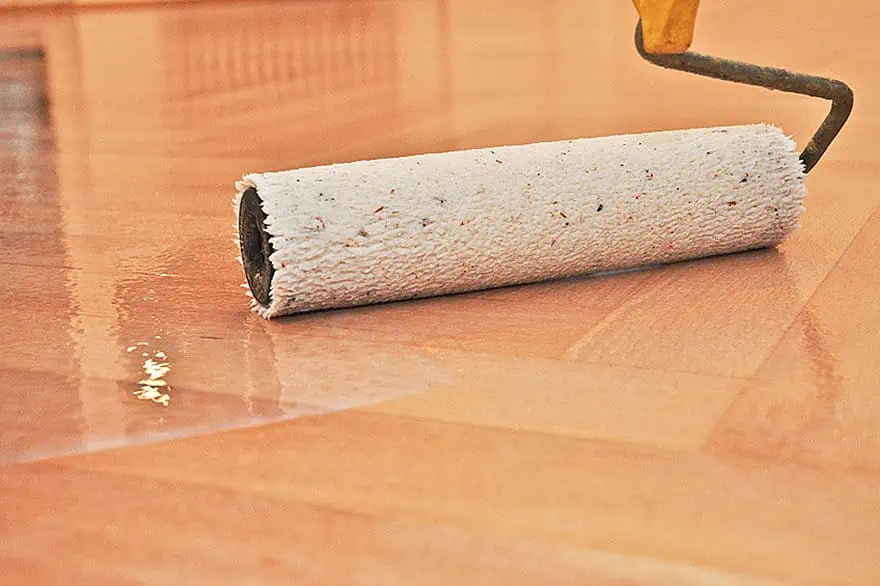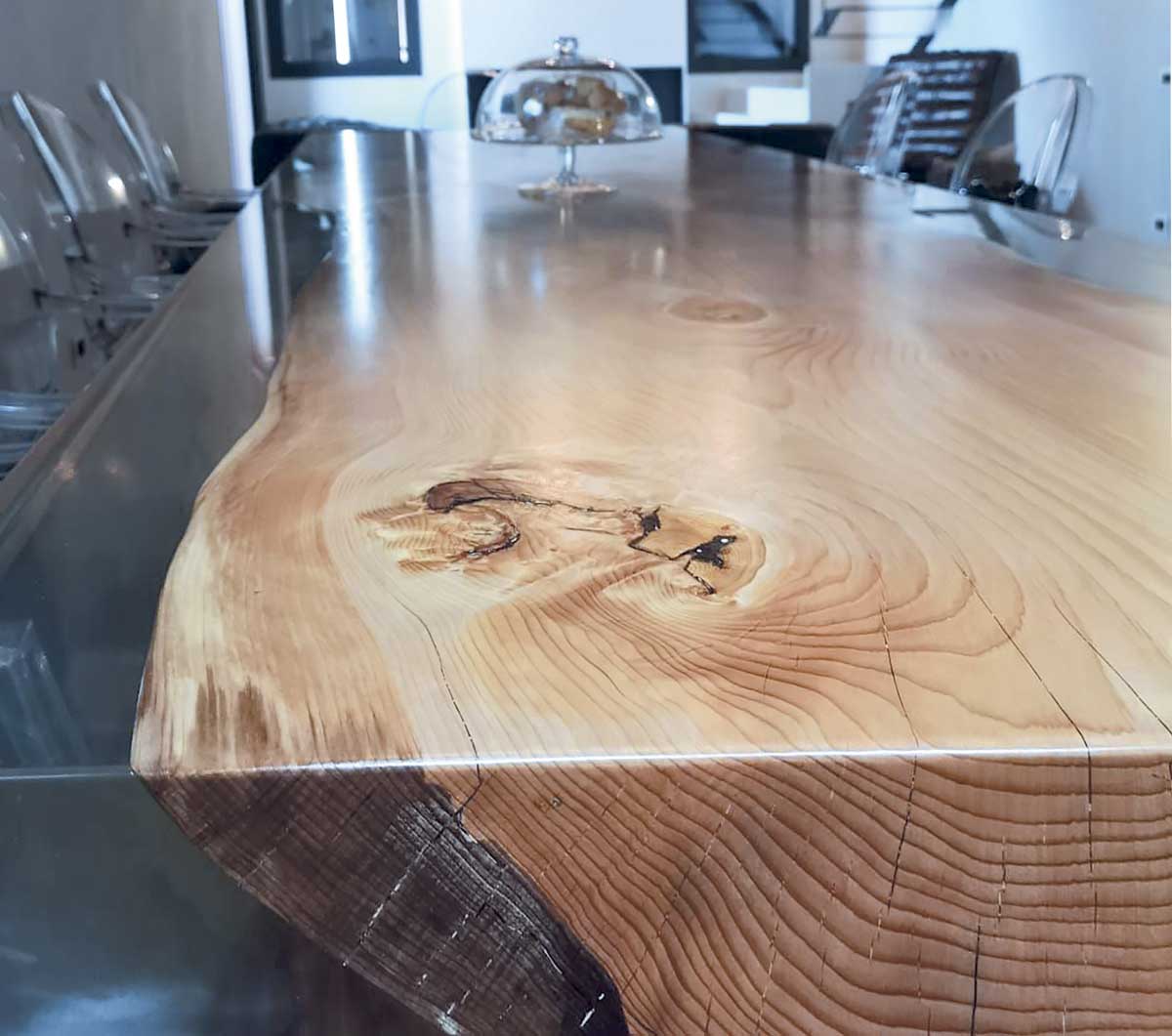Epoxy resin has become a popular choice for enhancing wood floors, offering a combination of aesthetics and durability that traditional finishes may not match. Epoxy resin is a type of thermosetting polymer that, when applied to wood floors, creates a glossy and seamless surface that not only brings out the natural beauty of the wood but also provides exceptional protection against wear, stains, and moisture. In this comprehensive guide, I will delve into the benefits and application process of using epoxy resin for wood floors, helping you achieve a stunning and long-lasting flooring solution.
Advantages of Epoxy Resin for Wood Floors
Choosing epoxy resin for your wood floors offers several advantages that make it a compelling option. One of the key benefits is its ability to enhance the natural beauty of the wood, providing a glossy and lustrous finish that brings out the wood’s unique grain and colors. Whether you have hardwood, engineered, or reclaimed wood floors, epoxy resin can elevate their appearance to a whole new level, making them the centerpiece of your living space.
Moreover, epoxy resin provides unmatched durability, making it an excellent choice for high-traffic areas. Once cured, epoxy creates a tough and scratch-resistant surface that can withstand the impact of foot traffic, furniture, and other daily wear and tear. It is also resistant to stains, making spills easy to clean and maintain. Additionally, epoxy resin provides a protective barrier against moisture, which is particularly beneficial in areas prone to spills or high humidity, ensuring the longevity of your wood floors.
Preparing the Wood Floors for Epoxy Resin Application
Before applying epoxy resin, proper preparation of the wood floors is essential to ensure a successful and long-lasting result. Start by thoroughly cleaning the wood floors, removing any dust, dirt, or debris. Sand the surface to create a smooth and even base for the epoxy. If there are any imperfections or gaps in the wood, consider using wood filler to level the surface.
Next, it’s vital to ensure that the wood floors are completely dry before applying the epoxy resin. Moisture trapped in the wood can lead to adhesion issues and cause the epoxy to bubble or crack. Perform a moisture test by taping plastic sheets to various areas of the floor and checking for condensation after 24 hours.
Applying Epoxy Resin to Wood Floors
Once the wood floors are properly prepared, you can begin the epoxy resin application process. Carefully follow the manufacturer’s instructions for mixing the epoxy resin and hardener. Pour the mixed epoxy onto the wood floors and use a roller or a squeegee to spread it evenly across the surface. Work in small sections at a time to prevent the epoxy from drying before you finish spreading it.
As you apply the epoxy, be mindful of air bubbles that may form during the process. To remove air bubbles, gently run a heat gun or a propane torch over the surface, allowing the bubbles to rise and dissipate. Take care not to apply excessive heat or hold the heat source too close to the epoxy to avoid damaging the finish.

Curing and Final Finishing
After applying the epoxy resin, allow it to cure according to the manufacturer’s recommendations. This process typically takes a few days, during which time you should avoid walking on the floors or placing heavy furniture on them. Once the epoxy is fully cured, you can add a final topcoat for added protection and sheen. Polyurethane or clear epoxy topcoats are commonly used to enhance epoxy resin’s durability and shine.
Epoxy resin for wood floors is a remarkable solution for achieving stunning and durable flooring in your living space. Its ability to enhance the wood’s natural beauty, coupled with its exceptional durability and resistance to wear and moisture, makes it an attractive option for various environments. By properly preparing the wood floors and following the epoxy resin application process, you can transform your wood floors into a glossy and long-lasting centerpiece that elevates the overall look and feel of your home. Enjoy the beauty and functionality of your newly finished wood floors, knowing that they will stand the test of time with the protection of epoxy resin.
Spreading the epoxy over sanded wooden disks
Wood Restoration u0026 Epoxy Fortified Sealer
Pallet Wood Flooring: More Reliable and Priceless Appeal Wood
Rustic Wood Flooring Concrete Wood Flooring Contractor
Clear Epoxy Coating over Reclaimed Barn Board Wood
Epoxy Paint for Wood – Your Complete Guide for Epoxy Coating for Wood
Epoxy clear coating for wood and other support Sayerlack
How to Prepare A Hardwood Floor for an Epoxy Coating Application Blog
Refinish Your Kitchen Flooring with High Gloss, Durable Epoxy
8+ Wonderful Epoxy Coating For Wood Floors Collection Wood
China High Hardness Clear Epoxy Resin for Metallic Floor Coating
Related Posts:
- White Epoxy Garage Floor
- Epoxy Gloss Floor Paint
- Epoxy Concrete Floor Covering
- Thick Epoxy Floor Coating
- Epoxy Paint Floor Finish
- Epoxy Floor Coating For Basement
- White Metallic Epoxy Floor
- Metallic Epoxy Floor Installation
- Red Epoxy Floor
- Clear Epoxy Shower Floor
Epoxy Resin For Wood Floors
The use of epoxy resin for wood floors is a popular choice for homeowners looking to give their home an attractive and durable finish. Epoxy resin is a tough, waterproof material that can be applied to wood surfaces to protect them from wear and tear. It also provides a sleek and modern look that will make any room look more inviting. With its versatility, epoxy resin is an ideal choice for those who want to add a touch of class to their floors.
What Is Epoxy Resin?
Epoxy resin is a type of polymer that is made up of two main components: a resin and a hardener. The resin and hardener are mixed together and once the mixture has cured, it forms a strong, resilient coating. This coating is then applied over wood surfaces to protect them from scratches, stains, and other types of damage. Epoxy resin is also very easy to clean and maintain, making it an ideal choice for those who want a floor that looks great but doesn’t require a lot of upkeep.
Advantages of Using Epoxy Resin for Wood Floors
Epoxy resin is an excellent choice for wood floors because of its many advantages. First, it provides superior protection against scratches, stains, and other types of damage. Additionally, it is very easy to clean and maintain, requiring only periodic sweeping and mopping. Epoxy resin also adds an attractive finish to your floors, giving them a sleek and modern look that will make any room look more inviting. Finally, epoxy resin has excellent adhesion properties, which means it will stay in place even when exposed to moisture or high traffic areas.
How to Apply Epoxy Resin For Wood Floors
Applying epoxy resin to your wood floors is not difficult but it does require some preparation. First, you will need to sand the floor and remove any dirt, dust, or debris. Then you can apply the epoxy resin using either a brush or roller. Once the epoxy has been applied, it needs to be left overnight so that it can cure properly before being stepped on or used. If you are applying the epoxy yourself, make sure to read the instructions carefully and follow all safety guidelines. Professional installation may also be necessary for larger projects or if you require a more complex design.
FAQs About Epoxy Resin For Wood Floors
Q: How durable is epoxy resin for wood floors?
A: Epoxy resin is incredibly durable and can withstand scratches and other forms of wear and tear without much difficulty. It also has excellent adhesion properties so it will stay in place even when exposed to moisture or high traffic areas.
Q: Is epoxy resin safe for use on wood floors?
A: Yes, epoxy resin is safe for use on wood floors as long as it is applied correctly and allowed to properly cure before being stepped on or used. If you are applying the epoxy yourself, make sure to read the instructions carefully and follow all safety guidelines.
Q: How easy is it to clean and maintain epoxy-coated wood floors?
A: Epoxy-coated wood floors are very easy to clean and maintain since they require only periodic sweeping and mopping. You may also need to apply a wax or polish occasionally in order to keep the floor looking its best.











